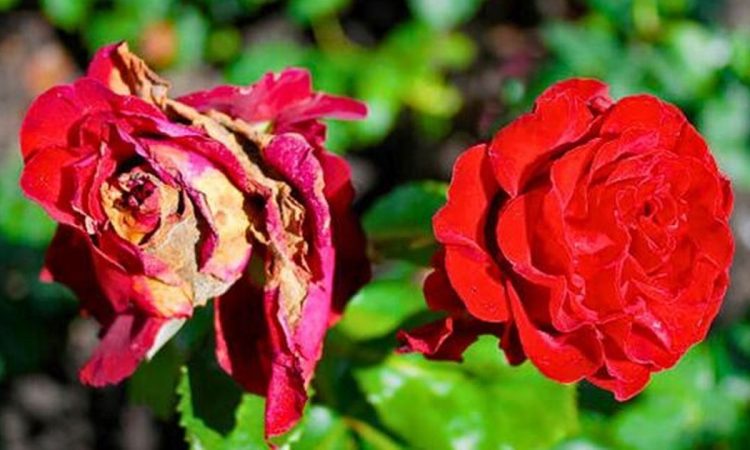
Roses, adored for their stunning summer displays, risk not flowering again if gardeners fail to spot the signs of black spot disease.
This serious fungal infection thrives in warm, rainy weather typical of the British summer and is often first identified by yellowing leaves with prominent black spots.
Although black spot disease won’t kill roses outright, it drains the plant’s vigour, leading to fewer blooms that are less vibrant, or in some cases, no flowers at all.
As the rose becomes weaker over time, it’s more vulnerable to other diseases and pests, which can ultimately lead to the plant’s demise.
The disease can be tough to eliminate once it’s in the soil, but gardening expert has revealed that prevention is straightforward.
Watering during summer is crucial to fend off not only black spot but also mildew and mould.
They [roses] love moisture and that will help to stop them from showing signs of mildew – that white powdery stuff – and black spots.
“It’s when they are short on moisture they tend to get these diseases but they do need food.”
The importance of watering roses deeply at the soil level, rather than letting the water drip down the leaves has been emphasised, due to how disease is transmitted through moisture. This process ensures the leaves do not stay wet for long periods, making them less susceptible to diseases.
To further protect roses from diseases during the summer months, it is recommended that they are watered in the morning. This allows the leaves to dry out quickly and at cooler temperatures which results in more water reaching the roots, rather than evaporating into the air.
Gardening expert also shared his tips on keeping roses fit and healthy. He suggested providing roses with proper nutrients can boost their resilience against diseases.
Sprinkle some rose fertiliser around the soil above the roots in March and again in June.
It is common practice among many gardeners to nourish their roses with a homemade feed consisting of banana peels, crushed eggshells, coffee grounds and Epsom salt. However, one can consider purchasing a balanced fertiliser with equal parts of nitrogen, phosphorus and potassium for effective rose feeding.
Ensure that it’s a slow-release fertiliser, which will provide roses with nutrients over an extended period. Also, verify that the fertiliser includes micronutrients like magnesium, iron, manganese, or zinc.
These elements not only prevent rose diseases but also aid in the flower’s blooming this summer.

